Mutualistic Symbiosis: Our Responsibility To God
There is a spectrum of perfection of mutualism that points to the perfect relationship that exists among members of the Godhead. Outside the biological world there are entities that do not interact at all. Others interact in a very limited, programmed manner to serve a larger whole, providing no real benefit to either organism. Other organisms impact one another, but do so for short periods of time. Other relationships are long-term and commensal, providing benefit to one organism and no impact on the other.
The following article is a from Devotional Biology: Learning to Worship the Creator of Organisms, Chapter 5.4, pgs. 115-118. The views expressed in this article reflect those of the author, and not necessarily those of New Creation.
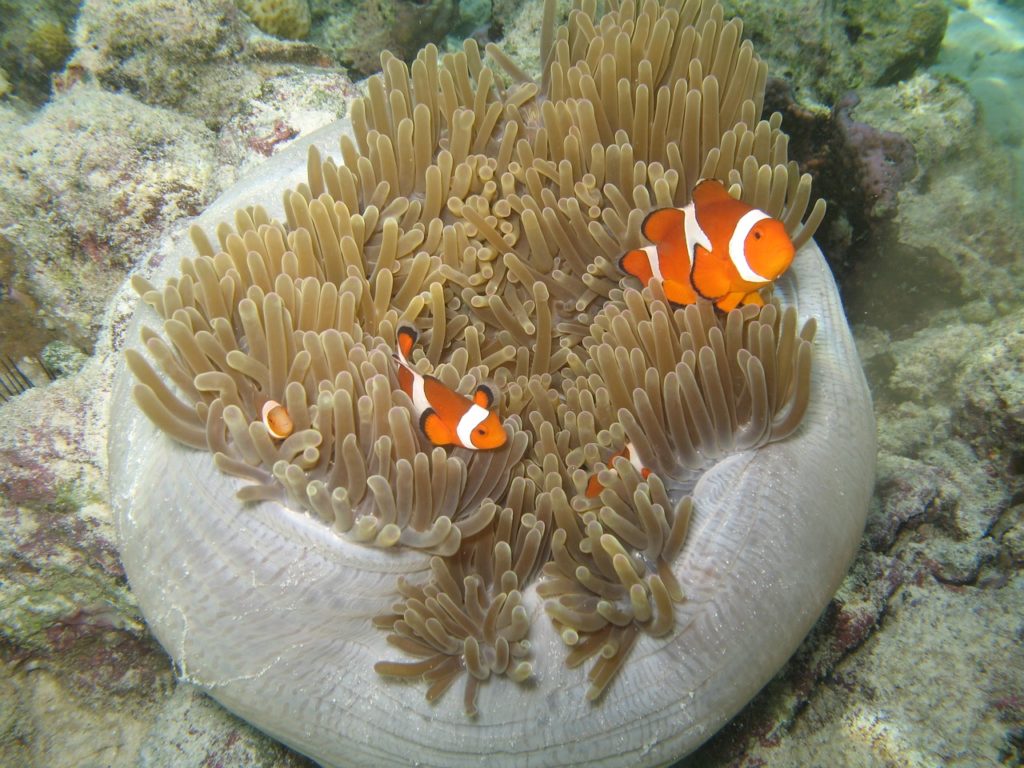
Then there are symbioses (mutualisms) where each organism is benefited. Some of those mutualisms are facultative and others are essential for the survival of all organisms involved. Some involve organisms in immediate proximity. Others involve organisms living within other organisms. Some of these relationships are so intimate that the organisms behave as if they are a single organism.
There is a spectrum of perfection of mutual benefit, pointing to an unseen relationship where each member of the relationship receives and provides infinite good. This spectrum helps us understand what the Bible means when it describes the three persons of the Godhead not only united in perfect unity but being infinitely good as well.
The abundance and ubiquity of cooperative symbiosis should also lift our eyes and hearts in worship of the God of goodness. God filled the original creation with goodness, even providing beneficial relationships to every organism He made. Mutualism so abounded in that creation that even after thousands of years of decay and deterioration, mutualistic relationships still far outnumber pathological ones. Organisms are far closer to perfection than they are to self-destruction. How much more does God desire to pour out blessings on those whom He loves?
The biological evil in the world (suffering, disease, predation, death) ought to grieve us. After all, it was man’s desire to be independent of God (sin) which led to this evil in the first place. The sin of Satan did not bring biological evil into the world. It was the sin of creation’s king. It was our sin. The horrors of biological evil ought to remind us of the seriousness and horror of sin in the eyes of God, something we are too quick to forget or too anxious to ignore.

Yet, even an examination of biological evil should stimulate worship. Even while cursing His creation in response to man’s sin, God put limits on that curse. He introduced death to reduce the total amount of suffering and to allow a permanent escape from the presence and effects of sin. He introduced predation and natural selection, not as creative forces, but as evils that minimize the total biological evil and maximize the health of organisms in a cursed world. He provided defenses for organisms so that they would survive an evil-tainted world. Finally, He became man to live among men as an example and be killed in order to provide us with salvation. He permitted the evil He was willing to suffer for, so that we could see His awesome goodness. As grievous as man’s sin is, and as tragic as its consequences are, God’s goodness is infinitely greater and worthy of our praise.
One of the reasons God created biological mutualism was to give us a visible and finite illustration of the invisible and infinite goodness of God. Because He did, study of biological mutualism can improve our personal understanding of God and draw us closer to Him. To help us fulfill our priestly role, God not only created us to respond to illustrations of His nature, He also gave us the Holy Spirit to lead us into truth. Because of this, contemplation of biological mutualism can stimulate us to worship God, glorify God, and bring others into our worship of God.
Our Responsibility to the Creation
Preserving Goodness—Reverse Negative Effects
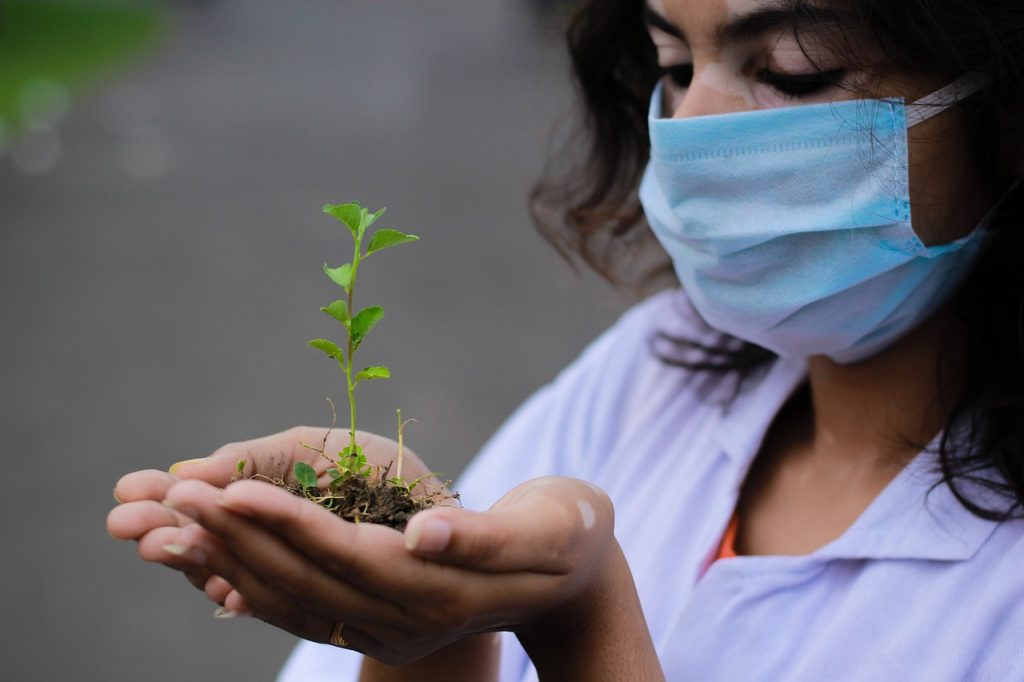
When God handed over His creation to us so we could rule it, it was without fault. There was no spiritual death, no pathology, no predation, no degenerative aging, and no death of nephesh life. All these biological evils were introduced in direct or indirect response to the sin of man.
As rulers over the creation, we have the responsibility to guard and keep the creation. If it were the best of all possible worlds, we should strive to return the world in at least as good a shape as we received it, but the curse makes this impossible. The best we can hope for is to reverse as many of the negative effects of the curse as possible. We can spread the gospel to provide spiritual life and we can disciple as a cure for spiritual pathology. We can provide comfort to those suffering emotionally, and we can minimize the pain of those who are suffering physically. We can also cure pathologies and reverse harmful mutations.
Our responsibility to reverse the negative effects of the curse, in fact, provides justification for most of the field of medicine. At the same time, while we are reducing the natural evil in the world, we should be careful to make sure we are reversing the truly negative effects of the curse—those things that result in true suffering. Remembering that God loves diversity and the spectra of perfection have been created to glorify God, we are not to rid the world of the variety of body shapes, skin colors, intelligences, manipulative abilities, voices, etc., that grace the human population.
Fighting Pathogens
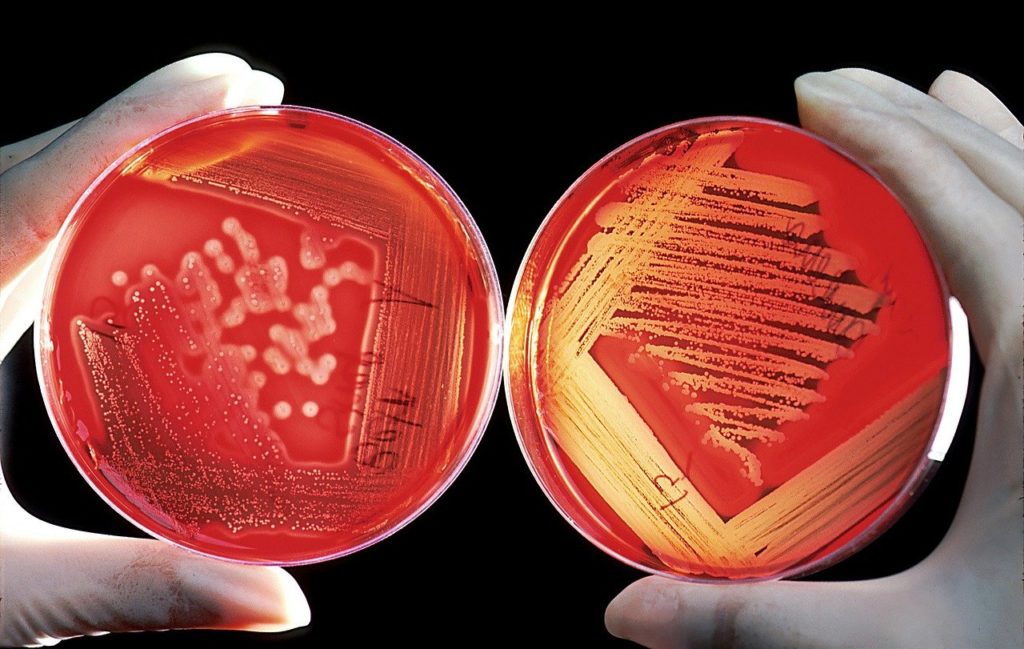
Historically, most human medicine has focused on killing pathogens (disease-causing organisms). Sometimes this involves killing the pathogen directly. In centuries past this ranged from killing ticks and tapeworms to burning the bodies and possessions of plague victims. In the mid 1800’s Louis Pasteur invented pasteurization—a process of heating or boiling—to kill off microorganisms to delay the spoiling of milk and wine. From that time on, a variety of methods have been developed for killing microorganisms that might cause disease, some using heat (e.g. boiling water or flame), some using chemicals (e.g. alcohol, hydrogen peroxide, bleach, antibiotics), and others using radiation.
Pathogens can also be killed indirectly by helping the immune system kill the pathogens. God designed the immune system to locate an identification tag1 on something that does not belong to the body and produce antibodies for that ID tag. If the invader enters the body again, the antibodies for that invader allow the body to respond quickly to destroy the invader, making the person immune to that invader. To help the human immune system kill a pathogen, a person can be injected (vaccinated) with a vaccine that contains the identification tag for that pathogen, making the person immune to the pathogen. The first vaccine was developed by Edward Jenner in the late 1700s by injecting people with the cowpox disease. Those injected developed the very mild symptoms of cowpox and developed immunity both to later invasions of cowpox and to the much deadlier disease of smallpox—apparently because both viruses had the identification tag found on the smallpox virus.
Since that time, vaccines have been developed for many pathogens.2 One of the challenges of all these pathogen-killing approaches is that God has designed most organisms to detect when something is attempting to kill it and modify itself in order to survive. This has resulted in what are called ‘superbugs’—organisms that have found ways to survive our attempts to kill them.
An alternative approach to medicine would be to cure pathogens rather than kill them. Not only were there no pathogens in the original creation, but all organisms were in mutualistic relationships. Most of the pathogens are probably degenerated from some of the mutualistic organisms of the original creation. Since the creation was only about 6000 years ago, most pathogens are the result of only slight changes from their harmless—even beneficial—ancestors.3 If we focused on restoring these pathogens to their mutualistic relationships, we would not only cure the disease, but we would be curing the pathogen.
Curing, rather than killing, pathogens would seem to better fulfill our obligation to care for the creation.
Preserve Evil-Minimizing Effects

Although we are justified in reversing the negative effects of the curse, we are not justified in reversing the evil-minimizing effects of the curse. For example, although we are justified in minimizing the suffering that comes with degenerative aging, we are not justified in eliminating death itself. Although death is not a good thing in a perfect world, it is a good in a cursed one. It would seem that increased deterioration and suffering, without escape, is not a good thing. Likewise, we are not justified in eliminating natural selection or predation.
Again, although these things are not good in a perfect world, they make a cursed world as good as it can be. For example, it is not uncommon for humans to kill off the predators in a particular region. Even if people think that they are protecting themselves, killing off predators actually increases the biological evil in the world. If wolves and other predators of white-tailed deer are eliminated, for example, diseased deer that would have been eaten by wolves survive and the deer population rises.
As a consequence, in places where there are no predators, the deer population is larger and greater percentages of the deer are sick, than is the case in places were predators exist. When tough times come, such as a hard winter or a dry summer, and food becomes scarce, the deer die in large numbers (catastrophic die-off). In situations where the predators have already been exterminated, it becomes our responsibility to either restore the predators or to assume the role of predator. For example, a population of deer and its environment can be studied and monitored to determine the ideal carrying capacity of the deer population. Then the proper number of hunting licenses can be issued to maintain the healthiest possible size for deer herds.
Enhancing Biological Relationship

Although we have a responsibility to preserve and protect the creation, we also have a responsibility to increase cooperative symbioses in the world—so as to bring more glory and honor to God. Almost certainly, God placed more potential for mutualism in His creation than has yet been revealed. He has given us the ability to reveal it. Numerous medicines for human sicknesses have been discovered in plants, fungi, and bacteria. It could be that God placed a treatment for every disease in one or more organism on this planet.
Furthermore, God ‘hid’ the information for building a number of organisms inside other organisms. Among the unrevealed organisms are probably a number of cooperative relationships yet to be discovered.
Learn More About Mutualism
Footnotes
- Such an ‘identification tag’ is some molecule or part of a molecule on the surface of the invader that is not found on any of the cells of the body. ↩︎
- Some vaccines involve injecting a harmless organism similar enough to the pathogen to contain the identification tag of the pathogen (as in the case of Jenner’s vaccine). Other vaccines contain dead or weakened pathogens. Still other vaccines contain harmless viruses that have been modified by humans to contain the identification tag from the pathogen. Still other vaccines contain DNA that codes for the pathogen’s identification tag, hoping cells in the body will pick up the DNA and produce the identification tag and thereby alert the body’s immune system to make the appropriate antibodies. ↩︎
- This conclusion is confirmed by such evidences as:
a.) Although people only think of E. coli as a pathogen, Escherichia coli is actually a helpful bacterium that resides in the human intestines. Only some rare strains are actually harmful to humans.
b.) Although the 2001 anthrax scare alerted many to the disease for the first time, the disease-causing organism, Bacillus anthracis is normally a harmless bacterium of the soil. The bacterium is pathological only when its DNA contains a particular very small segment of DNA known as a ‘pathogenicity island’. ↩︎

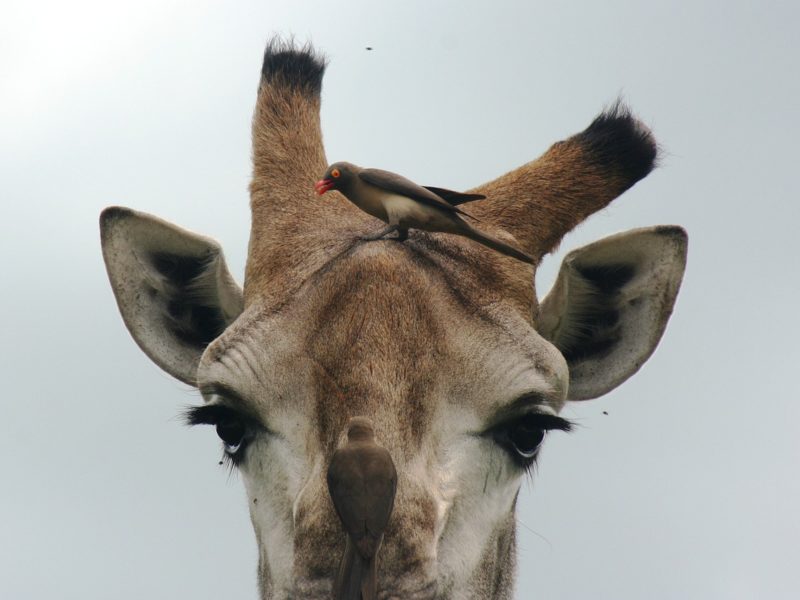


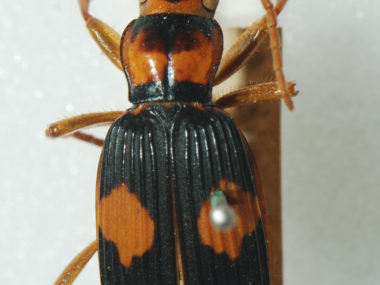







I have never before heard of death operating as a limit on suffering. What a profound concept! The thing we think of as the ultimate evil is another expression of God’s boundless mercy!
I think I need to buy this book.